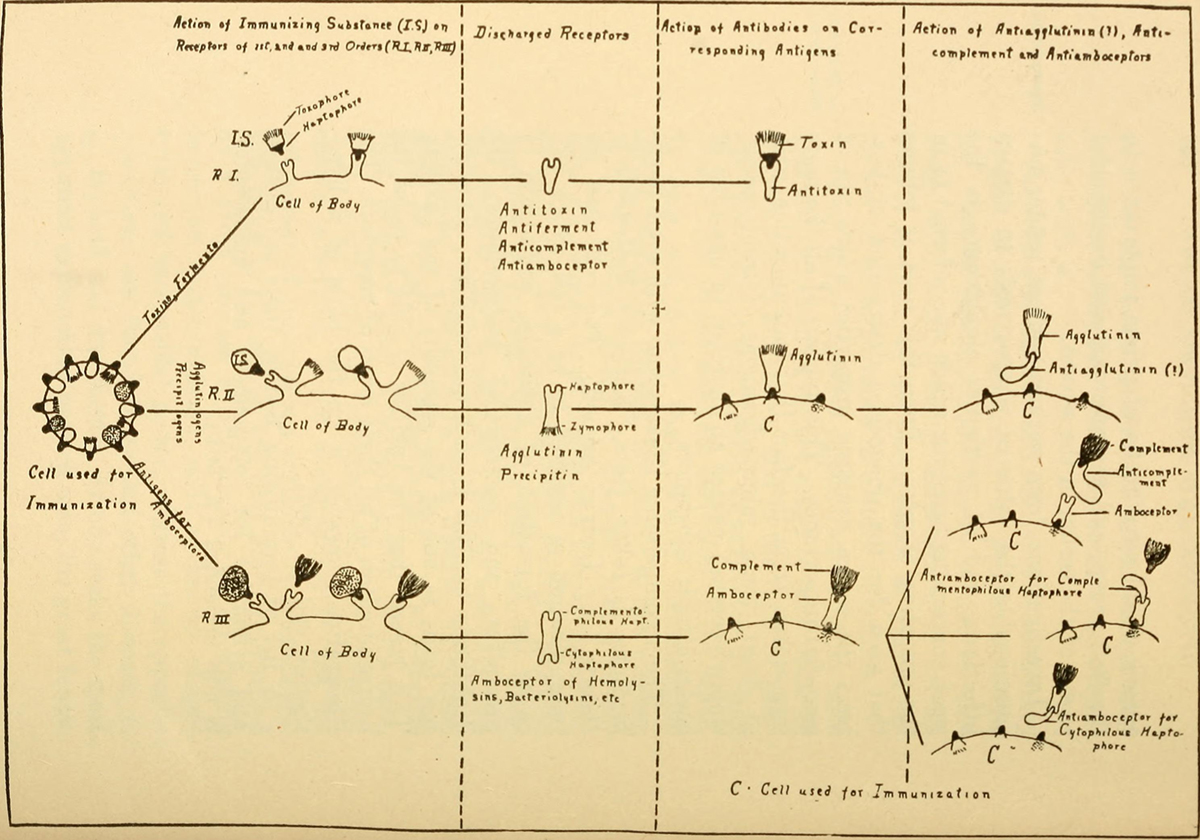
There are many different types of infectious diseases and they are usually classified depending on the pathogen that causes infection. Common symptoms for all infectious diseases are low energy levels, appetite loss and nausea while other symptoms may vary depending on the type of the disease.
TypesInfectious diseases occur as a result of large number of microorganisms present in the body. These microorganisms can be viruses, bacteria, fungus or the parasites. Depending on the microorganism that causes infectious disease the symptoms will vary. People with weak immune system are very susceptible to infectious diseases. Infectious diseases most commonly occur due to intake of contaminated food or water. However, people can also get infected through sexual contact, kissing, from animals, insect bites and other ways of transmission. Common infectious diseases include the ones mentioned below.
Hepatitis
Hepatitis is a viral infection characterized by inflammation of the liver which can cause liver cell damage. There are six types of hepatitis virus: A, B, C, D, E, and G. Common symptoms of hepatitis are jaundice or yellowing of the skin and eyes, and dark urine. It is important to identify and treat hepatitis at early stage to prevent further complications.
Pneumonia
Pneumonia is the infection of the lungs which is featured by inflammation of the lungs. Pneumonia is commonly caused by bacterial or viral infection. The symptoms associated with pneumonia include breathing problems and pain in the chest. Pneumonia can be diagnosed with the help of blood tests and X-ray.
TuberculosisTuberculosis (TB) is the infectious disease caused by bacterial infection of the lungs. It is an airborne disease that is spread by cough or sneeze. Early symptoms of tuberculosis are vague and the disease is usually noticed when the disease is advanced. Common symptom of tuberculosis is persistent cough while in advanced stages of the disease cough is worse and produces blood. The cough leads to chest pain.
Oral Thrush
Oral thrush is caused by fungal infection. This infectious disease is caused by the fungus Candida albicans that builds up in the lining of the mouth. Oral thrush is characterized by white lesions on the tongue and inner cheeks while in severe cases this may result in open wounds. This infection mostly affects infants but may occur at any age. The symptoms include uncomfortable feeling inside the mouth and pain. Oral thrush is commonly treated with antifungal creams and medications.
Malaria
Malaria is an infectious disease caused by parasite. This infection is transmitted by mosquito bite. The symptoms of malaria include high fever and excessive sweating.
Dengue Fever
Dengue fever is an infectious disease that is also caused by mosquito bites. The carrier of the virus is the mosquito Aedes aegypty. Dengue fever causes symptoms such as high fever and skin rash.
CholeraCholera is bacterial infectious disease that affects intestines. It is caused by bacterium Vibrio cholerae. This disease can be caught by drinking contaminated water or eating contaminated food. The symptoms of cholera are diarrhea and abdominal pain.


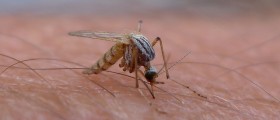

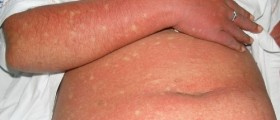
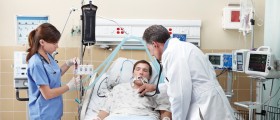



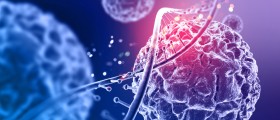






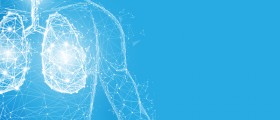
Your thoughts on this
Loading...